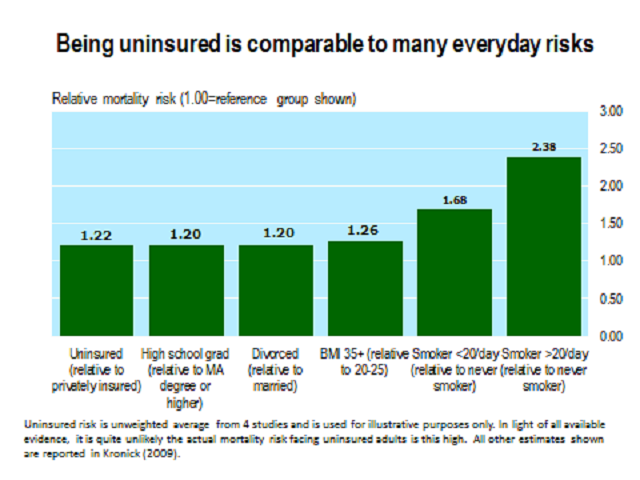Unnecessary Care
As many as 42% of Medicare beneficiaries in 2009 underwent unnecessary medical treatments, costing the federal government as much as $8.5 billion, according to a study published yesterday in JAMA Internal Medicine. The analysis is the first large-scale examination into what Medicare spends on procedures that are widely considered to be unnecessary, such as advanced imaging for lower back pain and placing stents in patients with controlled heart disease. (KHN)








